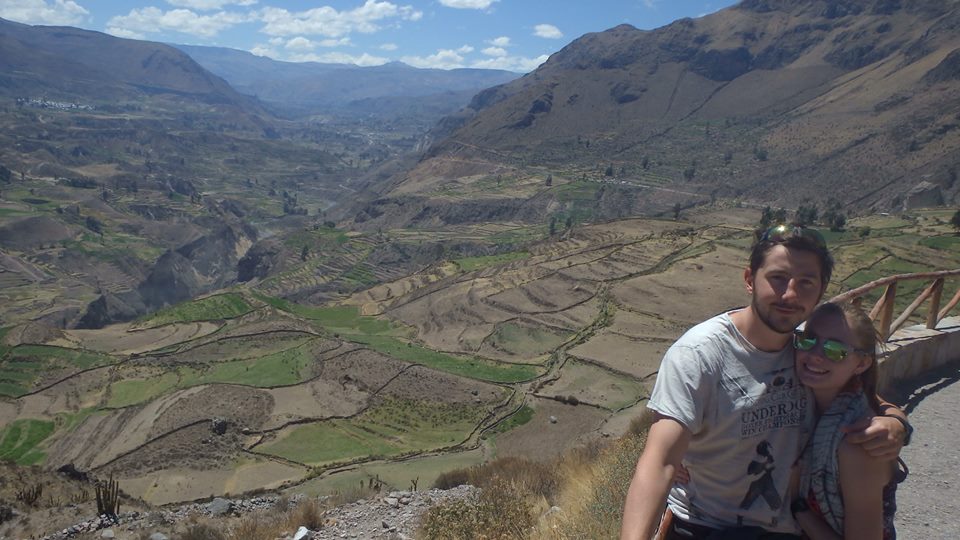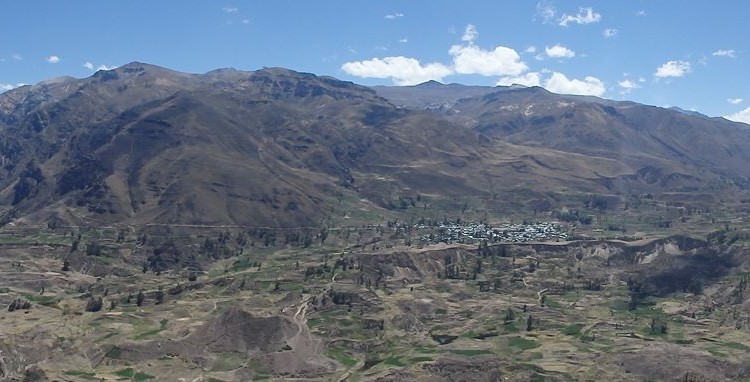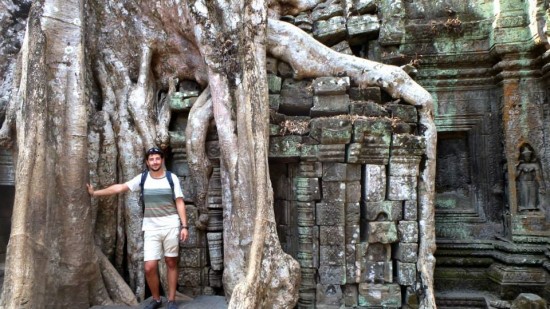I am not really one for bird spotting but visiting the second biggest canyon in the World sounded very cool and unlike anything we had done before.
Many people choose to hike the canyon. This comes with many more benefits than the trip by car, as you can visit more communities and actually see the views from within the canyon as well as looking down into it.
We decided to go on the Traditional tour which involves no hiking. This is strange for us, but the hikes are very long (up to 8 hrs a day) and we had added in Arequipa/Colca Canyon into our trip itinerary at the last minute, as we had not originally known about it when planning.
The Traditional tour is 2 days and 1 night and sets off and returns to Arequipa. Arequipa is 3 hrs away from the Canyon but there are many flora and fauna to see along the way, as well as beautiful scenery.
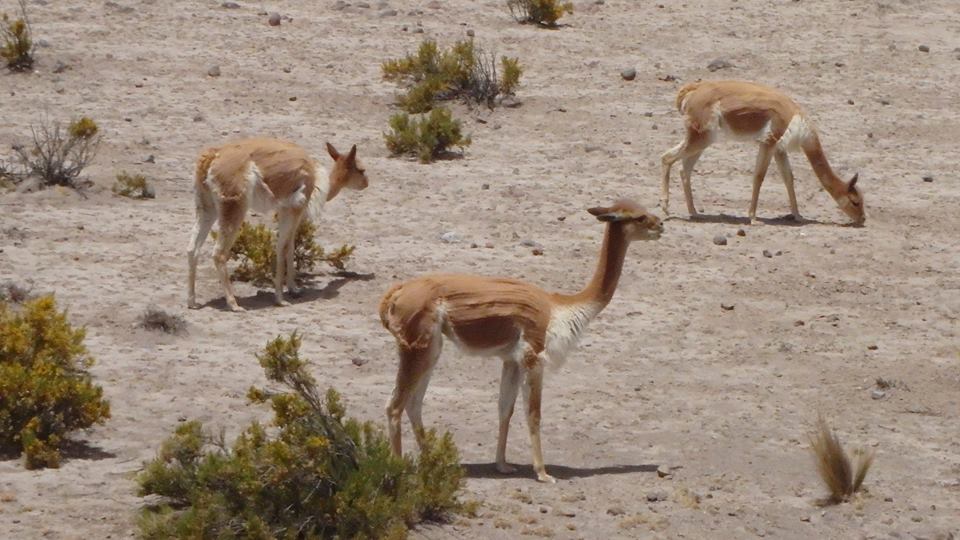
We saw wild vicuñas grazing on the land. The vicuña is one of two wild South American camelids which live in the high alpine areas of the Andes; the other being the guanaco. It is a relative of the llama, and is now believed to be the wild ancestor of domesticated alpacas, which are raised for their coats.
Vicuñas produce small amounts of extremely fine wool, which is very expensive because the animal can only be shorn every three years, and has to be caught from the wild. When knitted together, the product of the vicuña’s wool is very soft and warm and is sold on the world market for over $300 per kg.
An interesting fact about them is that although they can run up to 50km/hr, if they are in grave danger they hit their head against a rock and die, to avoid being eaten alive!
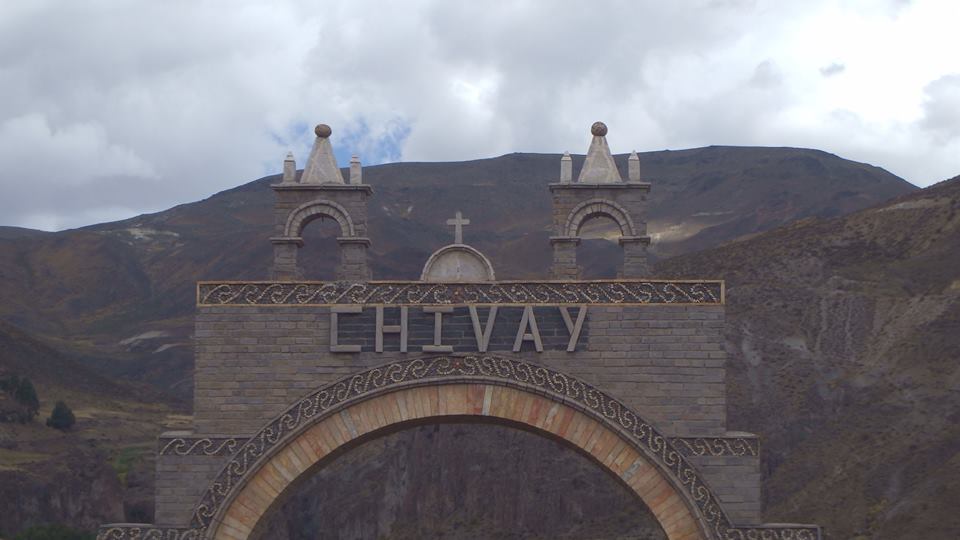
We also saw lots of wild llamas and alpacas on the way to Chivay, as well as stopping at Patapampa viewpoint located at 4800 MASL , where there is a natural view point the mountain range.
We meandered down the valley and at first sight of Chivay I was surprised at how large the town is. Chivay is the base for tourists visiting Colca Canyon and was home to our accommodation for the night.
In the evening we had the pleasure of a live folk band with accompanying dancers whilst we ate traditional Peruvian food.
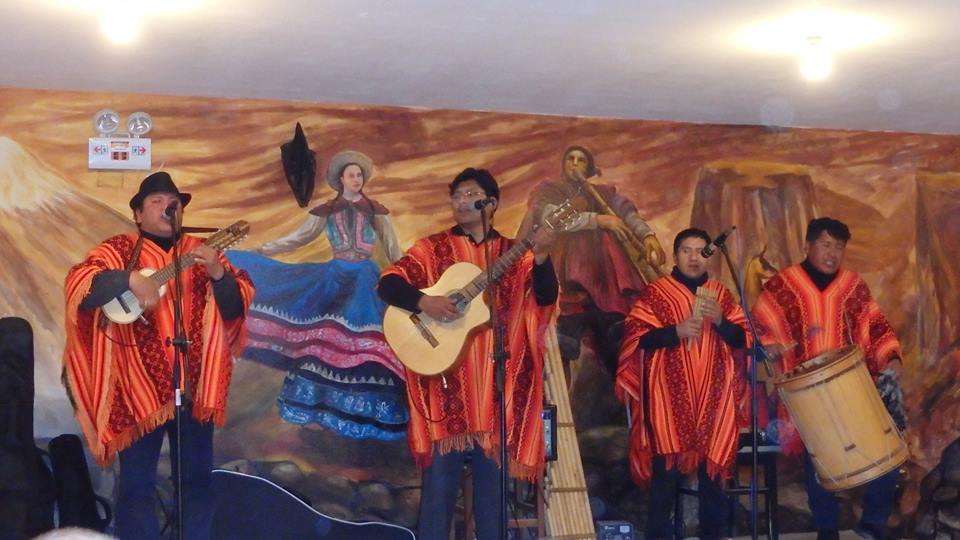
The next morning we woke for our trip to the canyon. Along the way we visited a couple of local communities which were selling tourist goods. Their main livlihoods are from the tourists so having them visit is crucial to their survival.
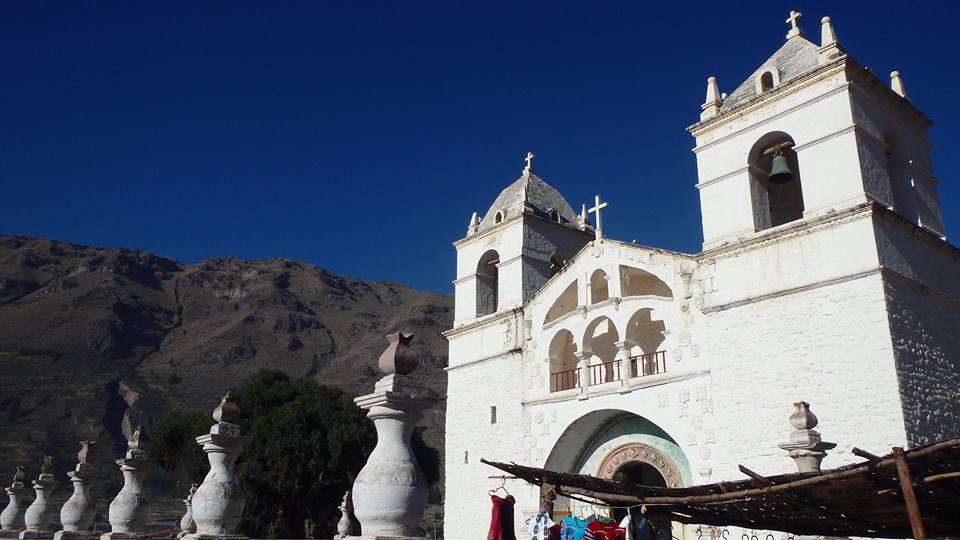
The towns are surrounded by beautiful landscapes including snow capped mountains.
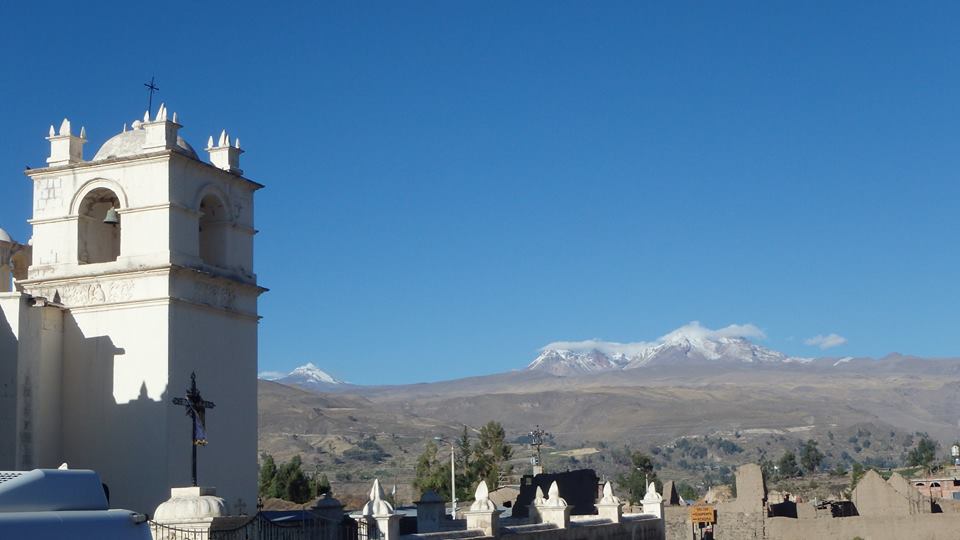
Afterwards, we drove the remaining distance to the Cruz del Condor (Cross of the Condor). This is the best place for spotting the condors.

In order to see the condors you need to get to the viewpoint very early. This is when they fly through the canyon looking for food.
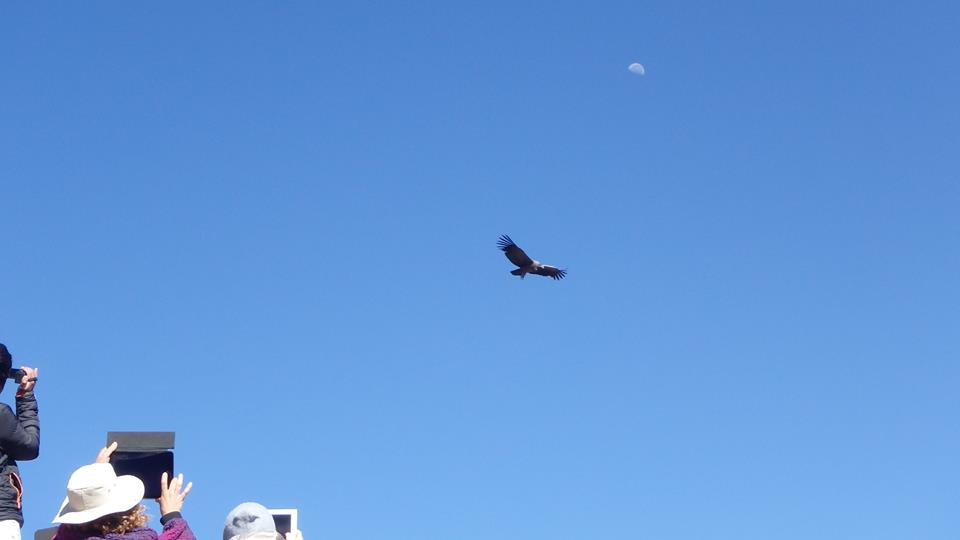
Although there are many people at the viewpoint all poised with their expensive cameras ready to get the perfect shot of the condors it didn’t feel too touristy or crowded.
A real atmosphere was created when a condor came into sight with everyone pointing and gasping.
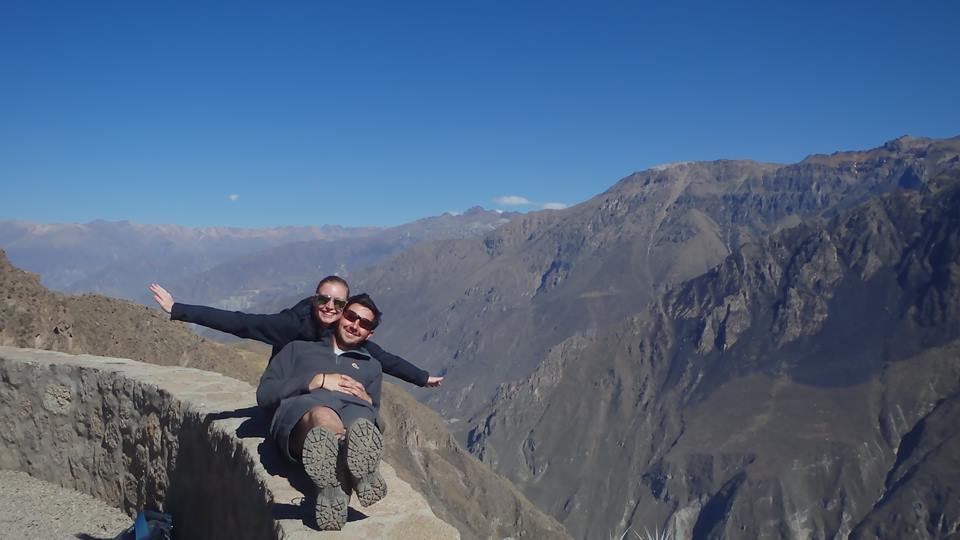
The story of the condors and how they mate is pretty fascinating; when a male condor picks his female he has to dance and sing for her as a form of courting. If she accepts his gesture they then fly in sync with each other.
They mate for life but, tragically, if one of the pair dies the other one will fly as high as they can and then crash down into the canyon and kill themselves. Apparently animal suicide is common in Peru.
The incas believe that if you see a condor commit suicide that it is bad luck… legend has it that they saw this happen right before the Spanish invaded!
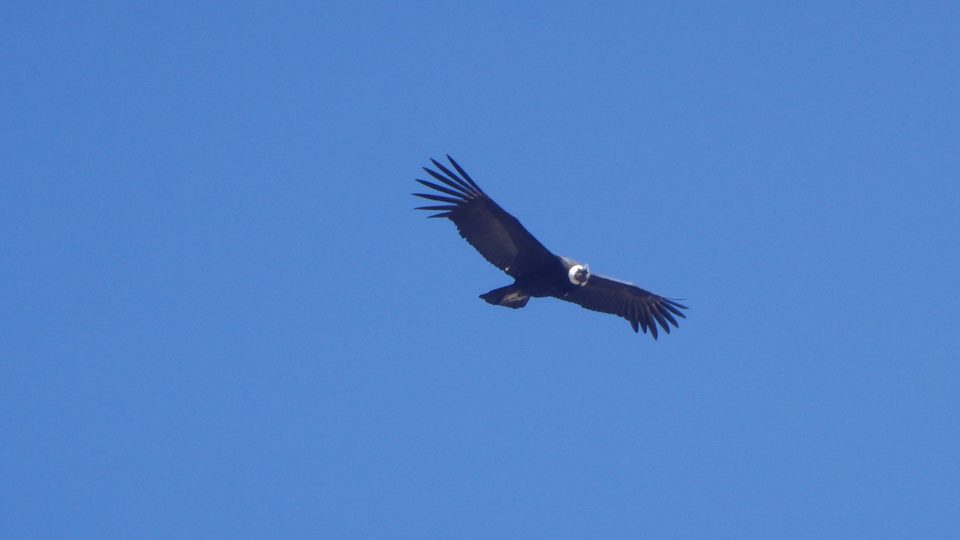
On the way back from condor spotting (we managed to see 5 by the way, which is really lucky!) we stopped at a couple of view points for a fantastic view of the canyon and the Colca Valley. Simply stunning!
